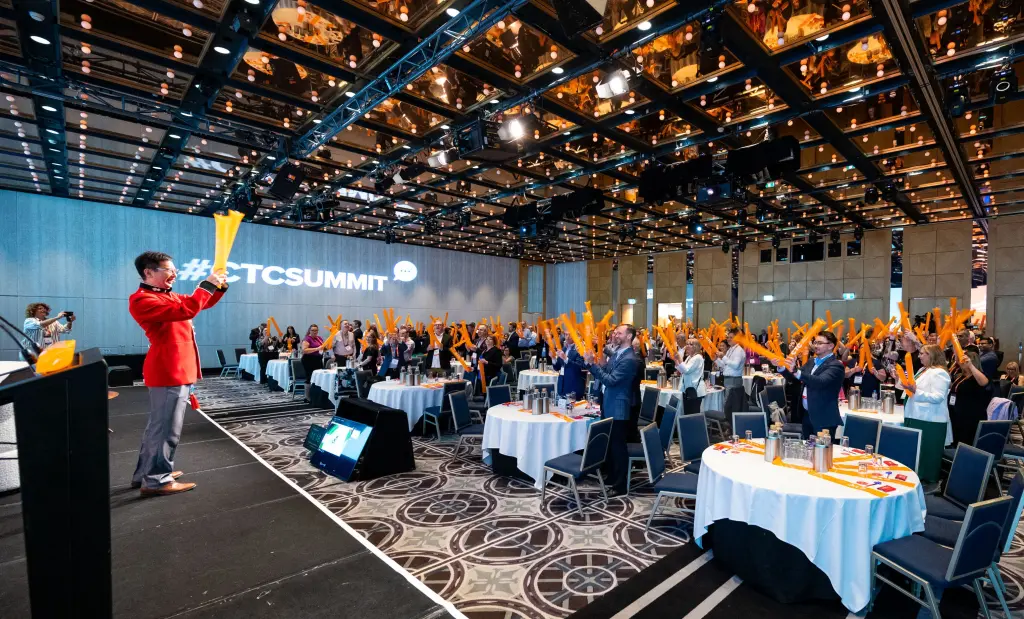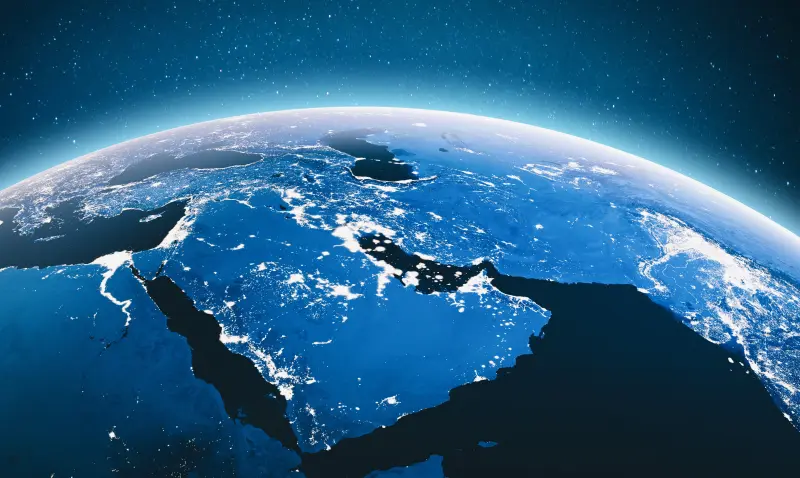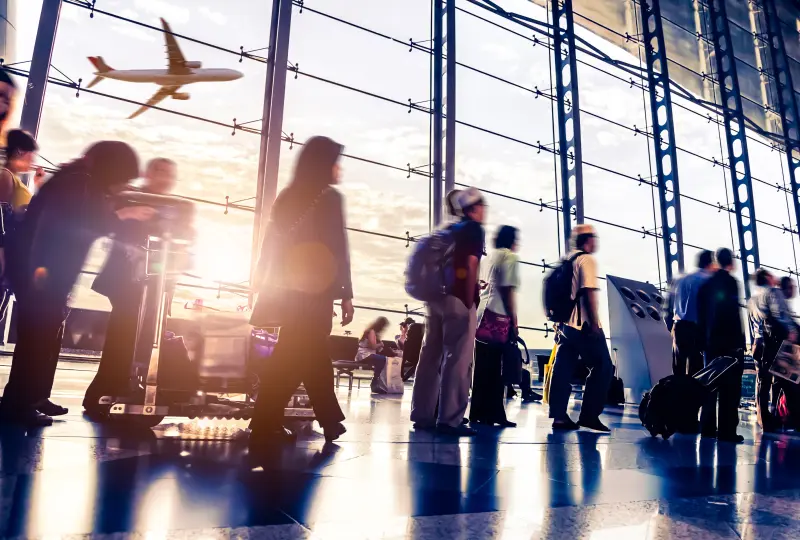The global hotel industry continues to navigate challenges stemming from the pandemic as well as more recent headwinds from labour shortages, inflation, and geopolitical concerns, reports industry benchmarking specialist STR.
While other parts of the world began their post-pandemic recovery earlier than Asia Pacific, recent data from the company suggests that the region is accelerating its recovery process and could potentially reach levels seen in Europe and America.
Asia Pacific hotel demand catches up with the rest of the world
According to STR, year-to-date through Aug-2023, hotel occupancy rates surged past 90% of the 2019 comparable levels across most subcontinents worldwide.
Notably, the occupancy indices in Asia Pacific subcontinents closely aligned with those in most European subcontinents and North America, ranging from 91 to 100.
APAC occupancy recovery catches up with rest of the world (Aug-2023 year to date, occupancy indexed to 2019, global subcontinents)

Source: STR
This indicates that demand in the Asia Pacific region “has reached comparable levels to other parts of the world that began their post-pandemic recovery journey much earlier,” says STR.
Uncertainty remains on Chinese outbound demand… but domestic demand is growing
While uncertainty surrounds the possibility of a full return of Chinese outbound demand throughout the region, there is a growing demand in domestic tourism, as past STR data reveals that leisure markets in China, specifically Hainan and Sanya, took the top spots in terms of RevPAR (revenue per available room) recovery over the summer period across all global markets.
Moreover, more recent data from the company for the 2023 National Day Holiday has shown that the region’s occupancy performance has edged close to pre-pandemic performance, showing more evidence of growing domestic demand.
Asia Pacific demand recovery to track EMEA for remainder of 2023
Combining the forecast data for the remaining months of 2023, STR projects Asia Pacific markets to recover at a pace similar to that of EMEA markets, with the exception of Melbourne, Beijing, and Guangzhou, which it anticipates will still lag behind 2019 levels.
Asia Pacific RevPAR on track compared to EMEA (2023 forecasted RevPAR (local currency), % change to 2019)

Source: STR
Other than demand-side factors that drive growth in the Asia Pacific region, such as increased demand from Chinese tourists, RevPAR growth in the coming years is “more likely to be driven by rate increases,” says STR. This is due to a number reasons, it says, such as events, inflation, and cost increases. “All things considered, data shows more positive signs compared to the end of 2022,” acknowledges STR.
Japan hotel performance recovery accelerated during summer months…
Looking at Japan as an example, even though room rates remained flat in comparison with 2019 during the first half of the year, STR says Japan posted elevated average daily rate (ADR) of JPY18,507.46 in Jul-2023.
That level was 126.9% of what was seen in the comparable month of 2019.
Japan’s hotel occupancy is still yet to reach full recovery, with Jul-2023’s 73.4% average coming in at 88.3% of the pre-pandemic comparable, according to STR.
ADR index peaked in July, RevPAR stable because of supply growth (Japan OCC, ADR, RevPAR indexed to 2019, Jan 2022 to Aug 2023)

Source: STR
When looking at STR’s daily data, the highest occupancy level was on 15-Jul-2023 (at 89.2%), which was the first day of Marine Day, a three-day-long national holiday in Japan. That occupancy level was the highest in Japan since 15-Dec-2019.
… but ADR and RevPAR recovery slowed in Aug-2023
The Aug-2023 ADR and RevPAR recovery did not exceed Jul-2023 figures. The country posted ADR of JPY19,438.40 (120.3% of what was seen in 2019) and RevPAR of JPY14,717.34 (107.0% of 2019).
However, Aug-2023 occupancy recovery rates did exceed Jul-2023 figures, with Japan hotels posting a level of 75.7% (88.9% of the pre-pandemic comparable). The highest occupancy level, according to STR, was seen on 12-Aug-2023 (at 87.2%), the night before the beginning of the Obon wee and the second day of the three-day-long Mountain holiday.
The Aug-2023 hotel performance recovery was also impacted by Typhoon No.7, which hit Japan on 15-Aug-2023, resulting in a month-over-month decrease in both the occupancy and ADR recovery for the rest of the month.
Luxury and Upper Upscale hotels lead Japan’s ADR recovery
Following patterns in place since 2022, luxury and upper upscale class hotels led the way in ADR recovery in both YTD, Jul-2023 and Aug-2023, notes STR, surpassing the 2019 comparables by 40.3% (to JPY36,546.10) and 28.8% (to JPY38,472.46), respectively.
Such a significant increase in luxury and upper upscale ADR was driven predominantly by “the combination of global inflation and the peak summer holiday period,” says the benchmarking specialist.
In Jul-2023, STR data show the highest occupancy recovery levels among the midscale and economy classes, where hotels posted occupancy of 71.6% (recovery rate of 88.1%). In Aug-2023, occupancy recovery rates were led by the upscale and upper midscale classes, which recorded occupancy of 78.2% (89.9% recovery).
- china
- japan
- asia pacific
- asia
- south pacific
- hotels
- luxury









